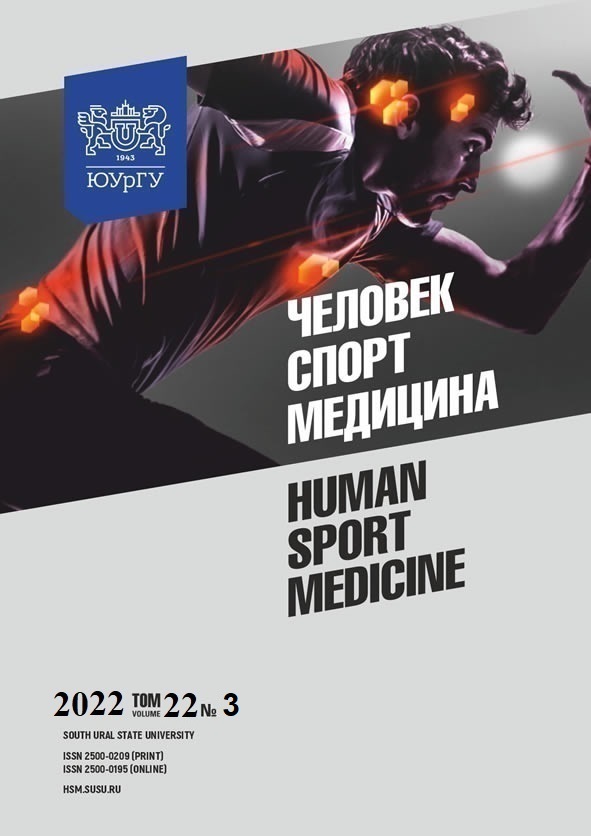CHANGES OF THE CARDIORESPIRATORY SYSTEM AND PHYSICAL FITNESS OF FOOTBALL PLAYERS AGED 9–10 UNDER SELF-TRAINING DURING THE COVID-19 LOCKDOWN
Abstract
Aim. The paper aims to analyze changes of the cardiorespiratory system and the level of physical fitness of football players aged 9–10 during the COVID-19 lockdown. Materials and methods. The study was conducted in March-April 2020 during the COVID-19 lockdown (31 days). The study involved 18 football players aged 9–10 years. Their training was based on a physical training program developed for self-training. The following methods were used for the purpose of the study: physical fitness assessments, functional diagnostics (Ruffier test, Stange test, Gench test), methods of mathematical statistics (Student's t-test, Spearman correlation analysis). Results. Self-training during the COVID-19 lockdown resulted in a positive increase in physical fitness in terms of the following parameters: flexibility – 20%; strength endurance (arm and core muscles) – by 22.6% and 2.7%, respectively; speed-strength abilities – by 1,4%. A decrease in the range from 1% to 5% was found in terms of general endurance, speed and coordination abilities. The mean value of the Ruffier test worsened by 0,7%; the Gench test – by 0.9%; the mean value of the Stange test increased by 0.6%. However, the differences were not significant (P > 0.05). Strong correlation (r = 0.491–0.785) was found between the results of functional tests and running performance. The cardiorespiratory indicators had low correlation with strength abilities (r = 0.544–0.262). Conclusion. Self-training during the COVID-19 lockdown allowed football players to successfully maintain and develop strength and flexibility but reduced the performance of their cardiorespiratory system, coordination abilities, speed and general endurance. This problem can be solved by the use of cardiovascular equipment, bicycle ergometers and other similar devices thar provide a comprehensive effect on the body.
References
References on translit
Copyright (c) 2022 Human. Sport. Medicine

This work is licensed under a Creative Commons Attribution-NonCommercial-NoDerivatives 4.0 International License.















